Picture Of The Day - January 19, 2019

Picture of the Day - January 19, 2019
An ice giant moon of a gas giant.
Space Engine System ID: RS 8550-3584-7-11773-222 4.1 to visit the moon in Space Engine.
More Posts from Sharkspaceengine and Others

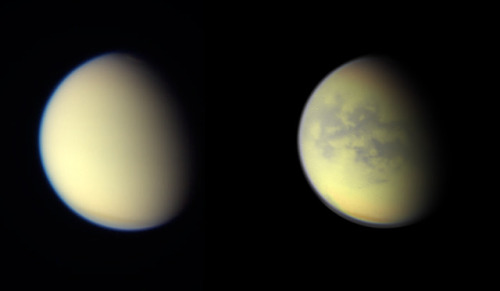




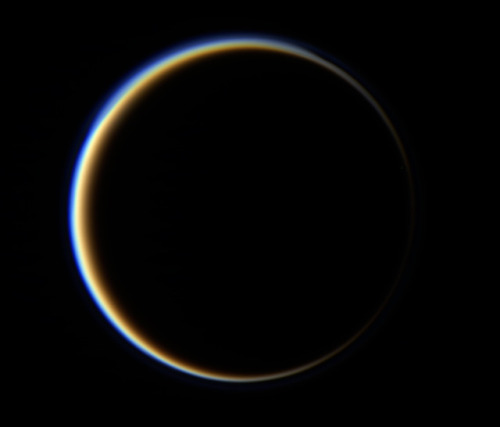

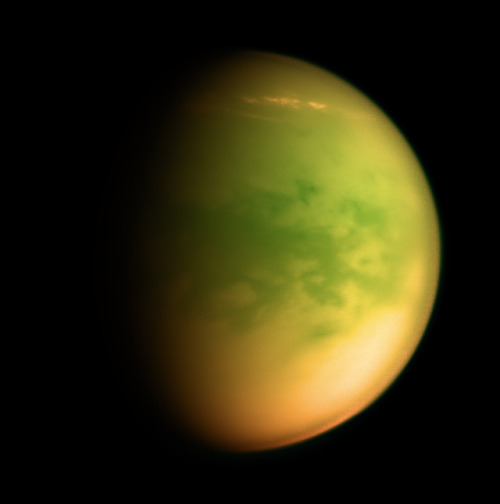
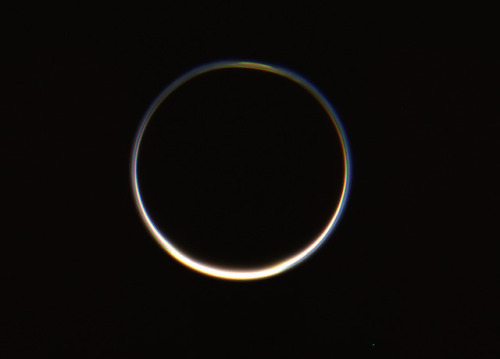
Images taken by the Cassini & Voyager spacecraft of Titan, Saturn’s largest moon. Titan is the only moon in the Solar System to have a thick atmosphere and lakes of hydrocarbons (methane and liquid ethane).
To know more about the moon Titan click here
Image credit: NASA/JPL/SSI/Cassini & Voyager ( precessed by: Kevin Gill )









Pictures of the Day - November 7, 2018
Another Earth-Like world I have come across in the Large Magellanic Cloud Galaxy. This one has two moons and a rather cold surface with lots of ice covered mountains.
Space Engine System ID: RS 8475-2-6-170985-622 4
High Resolution Pics
From a distance
Closeup
Two moons
Icy Wasteland
Moonrises
Another double moon shot
The moons illuminating the night-side of the planet
Earth-rise
Earth and moon rise.

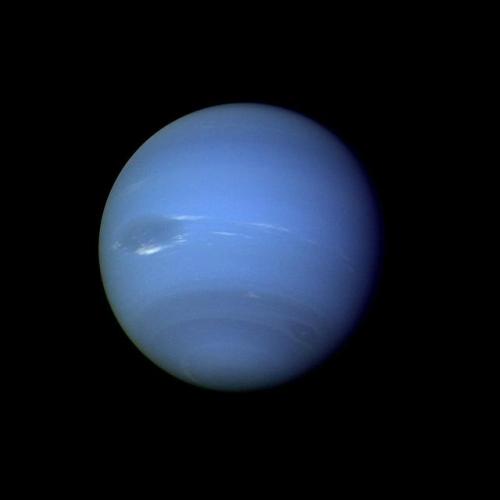
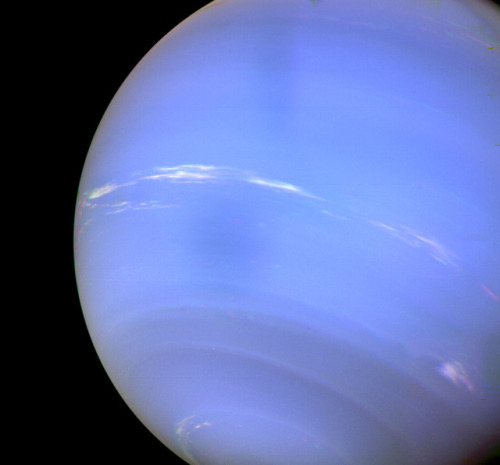
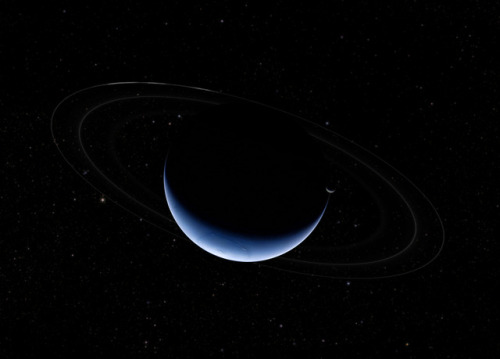
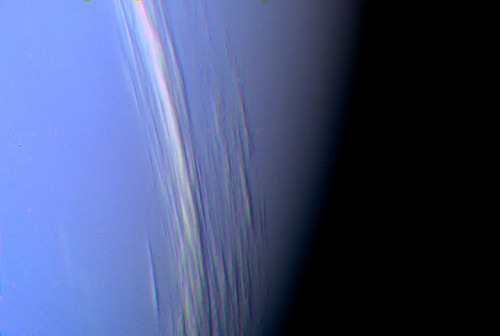
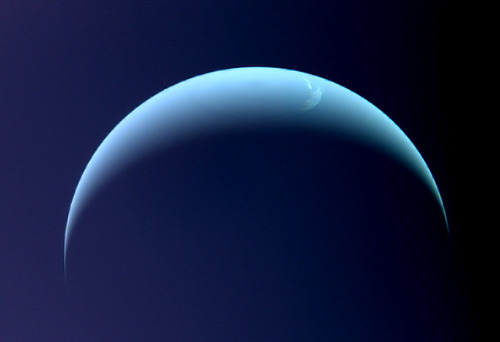
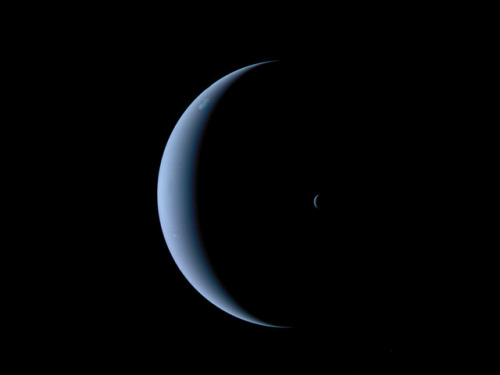
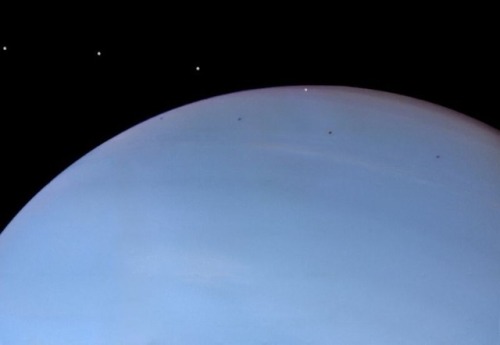
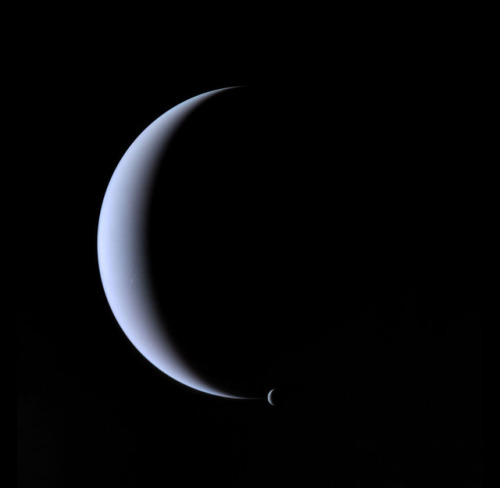
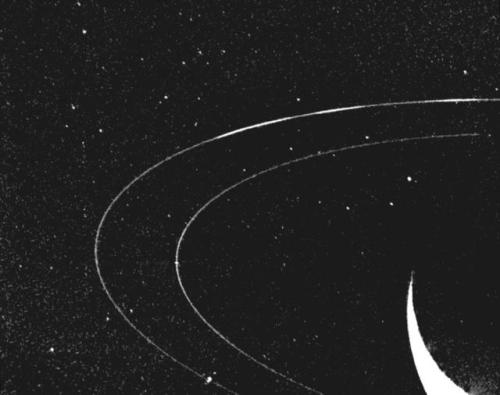
Neptune ♆
On this day in 1846 was discovered the planet Neptune.
The ice giant Neptune was the first planet located through mathematical predictions rather than through regular observations of the sky. (Galileo had recorded it as a fixed star during observations with his small telescope in 1612 and 1613.) When Uranus didn’t travel exactly as astronomers expected it to, a French mathematician, Urbain Joseph Le Verrier, proposed the position and mass of another as yet unknown planet that could cause the observed changes to Uranus’ orbit. After being ignored by French astronomers, Le Verrier sent his predictions to Johann Gottfried Galle at the Berlin Observatory, who found Neptune on his first night of searching in 1846. Seventeen days later, its largest moon, Triton, was also discovered.
Neptune is invisible to the naked eye because of its extreme distance from Earth. Interestingly, the highly eccentric orbit of the dwarf planet Pluto brings Pluto inside Neptune’s orbit for a 20-year period out of every 248 Earth years. Pluto can never crash into Neptune, though, because for every three laps Neptune takes around the Sun, Pluto makes two. This repeating pattern prevents close approaches of the two bodies.
Nearly 4.5 billion kilometers (2.8 billion miles) from the Sun, Neptune orbits the Sun once every 165 years.
Uranus’ blue-green color is also the result of atmospheric methane, but Neptune is a more vivid, brighter blue, so there must be an unknown component that causes the more intense color.
Despite its great distance and low energy input from the Sun, Neptune’s winds can be three times stronger than Jupiter’s and nine times stronger than Earth’s.
Winds on Neptune travel faster than the speed of sound.
In 1989, Voyager 2 tracked a large, oval-shaped, dark storm in Neptune’s southern hemisphere. This “Great Dark Spot” was large enough to contain the entire Earth.
Neptune has five known rings. Voyager 2’s observations confirmed that these unusual rings are not uniform but have four thick regions (clumps of dust) called arcs. The rings are thought to be relatively young and short-lived.
Neptune has 14 known moons, six of which were discovered by Voyager 2.
Triton, Neptune’s largest moon, orbits the planet in the opposite direction compared with the rest of the moons, suggesting that it may have been captured by Neptune in the distant past.
To know more about the planet Neptune click here and here.
Images credit: NASA/JPL- Caltech (some images processed by Kevin M. Gill)
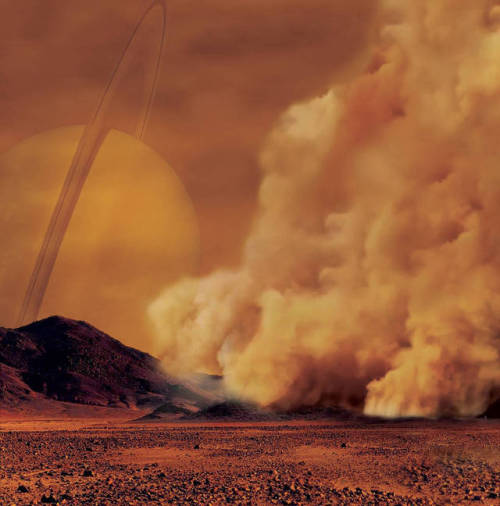
Dust Storms on Titan Spotted for the First Time
Data from NASA’s Cassini spacecraft has revealed what appear to be giant dust storms in equatorial regions of Saturn’s moon Titan. The discovery, described in a paper published on Sept. 24 in Nature Geoscience, makes Titan the third Solar System body, in addition to Earth and Mars, where dust storms have been observed.
The observation is helping scientists to better understand the fascinating and dynamic environment of Saturn’s largest moon.
“Titan is a very active moon,” said Sebastien Rodriguez, an astronomer at the Université Paris Diderot, France, and the paper’s lead author. “We already know that about its geology and exotic hydrocarbon cycle. Now we can add another analogy with Earth and Mars: the active dust cycle, in which organic dust can be raised from large dune fields around Titan’s equator.”

Titan is an intriguing world – in ways quite similar to Earth. In fact, it is the only moon in the Solar System with a substantial atmosphere and the only celestial body other than our planet where stable bodies of surface liquid are known to still exist.
There is one big difference, though: On Earth such rivers, lakes and seas are filled with water, while on Titan it is primarily methane and ethane that flows through these liquid reservoirs. In this unique cycle, the hydrocarbon molecules evaporate, condense into clouds and rain back onto the ground.

The weather on Titan varies from season to season as well, just as it does on Earth. In particular, around the equinox – the time when the Sun crosses Titan’s equator – massive clouds can form in tropical regions and cause powerful methane storms. Cassini observed such storms during several of its Titan flybys.

When Rodriguez and his team first spotted three unusual equatorial brightenings in infrared images taken by Cassini around the moon’s 2009 northern equinox, they thought they might be the same kind of methane clouds; however, an investigation revealed they were something completely different.
“From what we know about cloud formation on Titan, we can say that such methane clouds in this area and in this time of the year are not physically possible,” said Rodriguez. “The convective methane clouds that can develop in this area and during this period of time would contain huge droplets and must be at a very high altitude – much higher than the 6 miles (10 kilometers) that modeling tells us the new features are located.”
The researchers were also able to rule out that the features were actually on the surface of Titan in the form of frozen methane rain or icy lavas. Such surface spots would have a different chemical signature and would remain visible for much longer than the bright features in this study, which were visible for only 11 hours to five weeks.
In addition, modeling showed that the features must be atmospheric but still close to the surface – most likely forming a very thin layer of tiny solid organic particles. Since they were located right over the dune fields around Titan’s equator, the only remaining explanation was that the spots were actually clouds of dust raised from the dunes.

Organic dust is formed when organic molecules, formed from the interaction of sunlight with methane, grow large enough to fall to the surface. Rodriguez said that while this is the first-ever observation of a dust storm on Titan, the finding is not surprising.
“We believe that the Huygens Probe, which landed on the surface of Titan in January 2005, raised a small amount of organic dust upon arrival due to its powerful aerodynamic wake,” said Rodriguez. “But what we spotted here with Cassini is at a much larger scale. The near-surface wind speeds required to raise such an amount of dust as we see in these dust storms would have to be very strong – about five times as strong as the average wind speeds estimated by the Huygens measurements near the surface and with climate models.”

The existence of such strong winds generating massive dust storms implies that the underlying sand can be set in motion, too, and that the giant dunes covering Titan’s equatorial regions are still active and continually changing.
The winds could be transporting the dust raised from the dunes across large distances, contributing to the global cycle of organic dust on Titan and causing similar effects to those that can be observed on Earth and Mars. source








Sometimes I wonder how beautiful the Universe is, and we do not even have to go that far. Imagine seeing Neptune and Uranus from their moons…
Images: x, x, x, x, x, x, x (artist’s impression)

Picture of the day 2 - November 25, 2018
More moons. A small and large moon orbiting a ringed gas-giant. The bright star transited by the rings is a nearby bright giant, but not part of this planet’s star system.

Picture of the Day - December 30, 2018
Globular cluster. Almost 10,000 stars packed into a sphere just 100 light years across.
Pluto-Like Double World

Picture of the Day - October 25, 2018
Two frozen worlds very almost identical in their size ratio to one another as the Pluto-Charon double dwarf planet system.
Crowded Worlds

Picture of the Day - October 15, 2018
Alien moon and its parent gas giant, looking towards the sun. This system is located within one of the densely packed globular clusters orbiting Triangulum’s center.

Picture of the Day 2 - January 3, 2019
A heavily cratered ice-world. This one is to make up for the missed picture of the day yesterday.
Space Engine System ID: RS 5613-489-8-16684327-414 5 to visit the planet in Space Engine
-
 gothletter liked this · 5 years ago
gothletter liked this · 5 years ago -
 egyptianpools reblogged this · 5 years ago
egyptianpools reblogged this · 5 years ago -
 gregorychatman liked this · 5 years ago
gregorychatman liked this · 5 years ago -
 loyalgirll reblogged this · 5 years ago
loyalgirll reblogged this · 5 years ago -
 loyalgirll liked this · 5 years ago
loyalgirll liked this · 5 years ago -
 thekneesofoldtrees liked this · 6 years ago
thekneesofoldtrees liked this · 6 years ago -
 newarks liked this · 6 years ago
newarks liked this · 6 years ago -
 damageivedone reblogged this · 6 years ago
damageivedone reblogged this · 6 years ago -
 parasiteeve-archive reblogged this · 6 years ago
parasiteeve-archive reblogged this · 6 years ago -
 bsexy2019-blog liked this · 6 years ago
bsexy2019-blog liked this · 6 years ago -
 harmonicgamingangel22blog liked this · 6 years ago
harmonicgamingangel22blog liked this · 6 years ago -
 gaytinypenis liked this · 6 years ago
gaytinypenis liked this · 6 years ago -
 yoooooooboi69 liked this · 6 years ago
yoooooooboi69 liked this · 6 years ago -
 virgilsanders478-blog liked this · 6 years ago
virgilsanders478-blog liked this · 6 years ago -
 october-pixie reblogged this · 6 years ago
october-pixie reblogged this · 6 years ago -
 rubynye liked this · 6 years ago
rubynye liked this · 6 years ago -
 sharkspaceengine reblogged this · 6 years ago
sharkspaceengine reblogged this · 6 years ago
My Space Engine Adventures, also any space related topic or news. www.spaceengine.org to download space engine. The game is free by the way. Please feel free to ask me anything, provide suggestions on systems to visit or post any space related topic.Check out my other blog https://bunsandsharks.tumblr.com for rabbit and shark blog.
294 posts